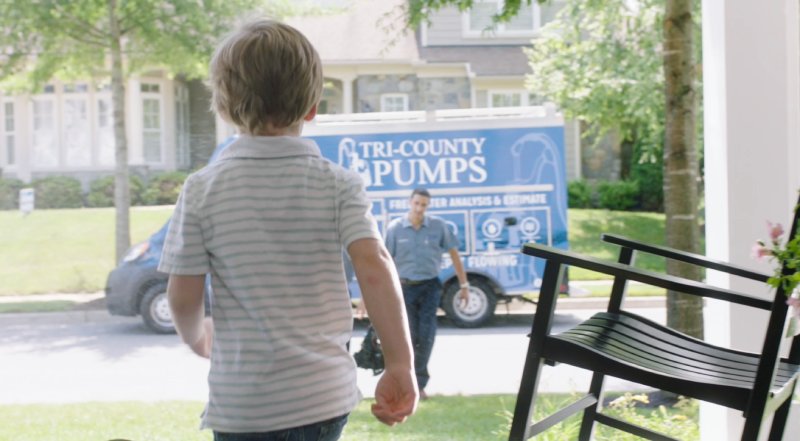How to Diagnose the Low Water Pressure Coming From Your Well in Frederick
How can you tell if you have low water pressure? And if your water pressure is low, how do you fix it? Follow these instructions to diagnose your well system’s water pressure issue.
1. Check the Air Fill Valve
The first thing you should do to determine the cause of low water pressure is run a thorough assessment of the well system itself. Tri-County Pumps serving Frederick County Maryland understands the cause of low water pressure and skilled to fix the problem. Understanding your current psi might also help you avoid cranking your water pressure too high, which can cause noisy pipes, a shortage of hot water, and skyrocketing water bills.
To learn your well system’s psi, first turn off the electricity connected to the well pump. This will prevent accidental electrocution and stop new water from entering the system. Next, you’ll want to drain your system of the existing water. Do this by connecting a hose to the spigot on your pump system; then, turn the “water shut off valve” off. This will prevent air from entering the system. Finally, turn on the drain valve on your spigot to run the water out through the hose. As the water is running, test the air-fill valve with a pressure gauge. If the gauge reads below 40 psi, try adjusting the pressure switch and testing again.
2. Have Your Pipes Inspected
When a person experiences a blood clot, it means that an obstruction in the artery is preventing blood from flowing at the rate it should through the body and to the brain. Just as blood clots can cause dangerously low blood pressure and serious issues in humans, clotted pipes can cause serious issues to homes. If your water pressure remains low after you tried experimenting with the air fill valve, call Tri-County Pumps, we are a licensed plumber and will inspect your pipes to determine the clog. Silt and debris build-up can slow your water pressure but can be easily resolved by a pipe cleaning or the installation of a water softener.
3. Inspect the Water Itself
To reiterate the point made in the second step, a water softener can improve your water pressure issues after a pipe cleaning by removing calcium, iron, and other minerals from your water before it travels through your pipes. This will keep your pipes clean and reduce the likelihood of future water pressure issues.
**Fun fact, water softeners can also reduce the amount of soap you need to wash dishes. Without calcium in the tap water to bind to, your soap will stretch further for the same cleaning effort.
4. Inspect the Pump and Pressure Tank
If none of the above strategies have resolved your water pressure issues, it’s time to call Tri-County Pumps for a well pump and pressure tank inspection. Unfortunately, there’s no DIY solution for this–you need to call an expert who can accurately assess your well plumbing system.



